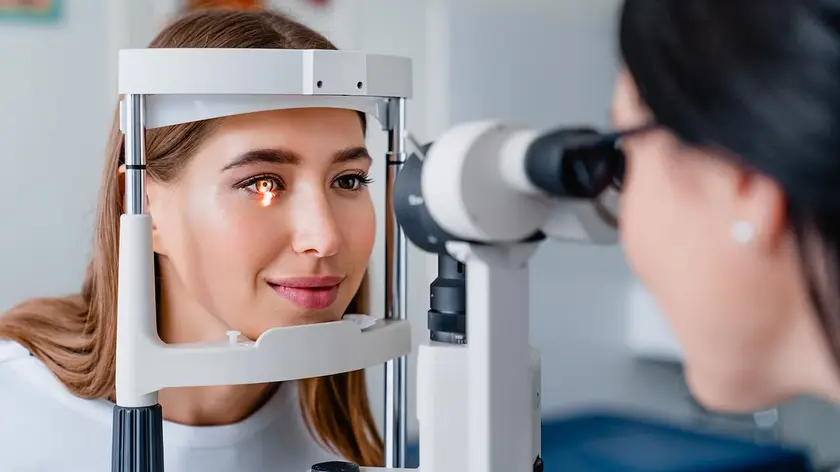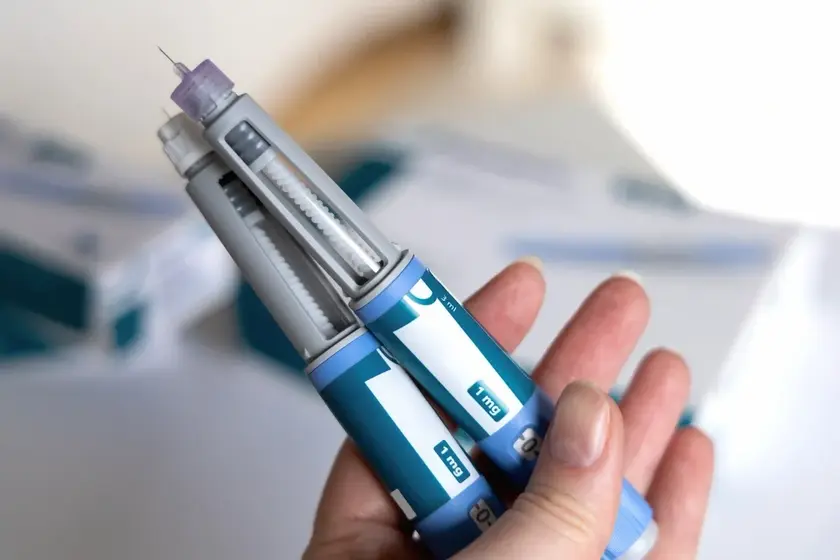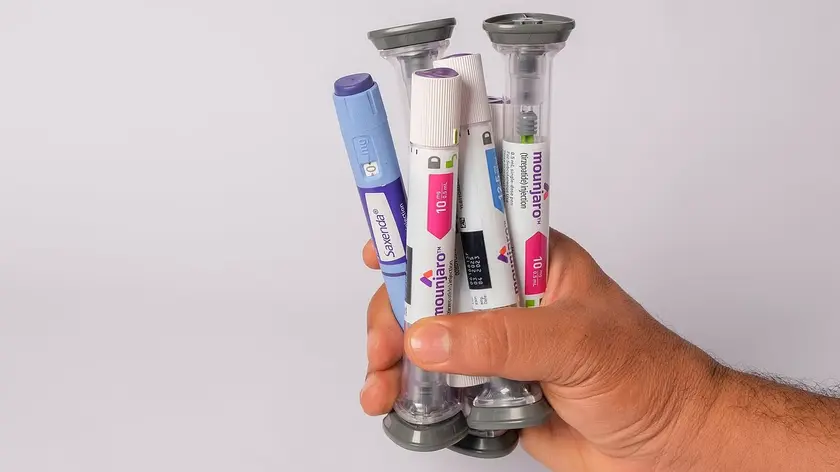T4K3.news
GLP-1 eye risks noted in new studies
New studies show mixed evidence on NAION risk and retinopathy with semaglutide and tirzepatide.

New studies on GLP-1 medicines highlight potential eye risks while confirming benefits in diabetes and obesity care.
GLP-1 Drugs Linked to Eye Risks in Diabetes Care
GLP-1 drugs such as Ozempic Wegovy and Mounjaro have reshaped treatment for diabetes and obesity. Two new studies using US medical records from about 159 000 to 185 000 people with type 2 diabetes report mixed findings on eye safety. One study links semaglutide and tirzepatide to a small but real increase in NAION, while the other finds no rise in NAION but hints at a slight uptick in diabetic retinopathy. Regulators have already required clearer labeling for NAION as a very rare risk, and some experts say the overall benefit of these drugs remains strong when heart health is managed.
The picture is nuanced. In some patients, eye outcomes improved or stayed stable and fewer invasive eye treatments were needed, but risk factors like crowded optic nerve heads and sleep apnea can heighten danger. Doctors emphasize informed decisions and regular eye exams to catch problems early. The research also notes that improving heart health and controlling diabetes and cholesterol may help reduce eye risk, underscoring that treatment is about managing a cluster of conditions, not a single issue.
Key Takeaways
"Eye health must ride side by side with weight loss gains"
editorial stance on comprehensive care for GLP-1 patients
"Regular eye checks should accompany GLP-1 therapy"
practical recommendation for patients and clinicians
"Regulators update labels to reflect rare eye risks"
regulatory caution amid evolving evidence
"A breakthrough drug with hidden eye costs demands careful watching"
public communication and risk awareness
The findings underscore a central fact in modern medicine: powerful therapies come with rare but serious side effects. Balancing weight loss and blood sugar control with eye safety requires clear communication and shared decision making between patients and clinicians. Regulators are watching closely and updating guidance as more data arrive, a sign that risk assessment in real time matters as much as clinical benefit. If doctors and patients stay aligned, GLP-1 medicines can deliver significant health gains without letting eye risks derail care.
Highlights
- Eye health must ride side by side with weight loss gains
- Regular eye checks should accompany GLP-1 therapy
- Regulators update labels to reflect rare eye risks
- A breakthrough drug with hidden eye costs demands careful watching
Eye health risk from GLP-1 drugs calls for careful monitoring
Two new studies show mixed results on the risk of optic nerve disorders and retinopathy with GLP-1 meds. This calls for careful patient selection, monitoring and clear labeling.
Ongoing research will guide safer use of GLP-1 medicines.
Enjoyed this? Let your friends know!
Related News

Eye risk linked to weight loss jabs prompts checks

New study reveals Ozempic's benefits for dementia risk in diabetes

Exploring GLP-1 medications and their implications

Ozempic Linked to Muscle Loss in New Study

New studies explore sunlight benefits for health

Liver cancer cases could double by 2050

Weight loss drugs entering a new era

Obesity-related cancer deaths surge in the U.S.
